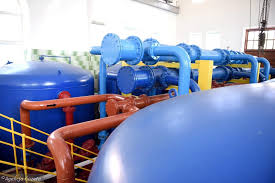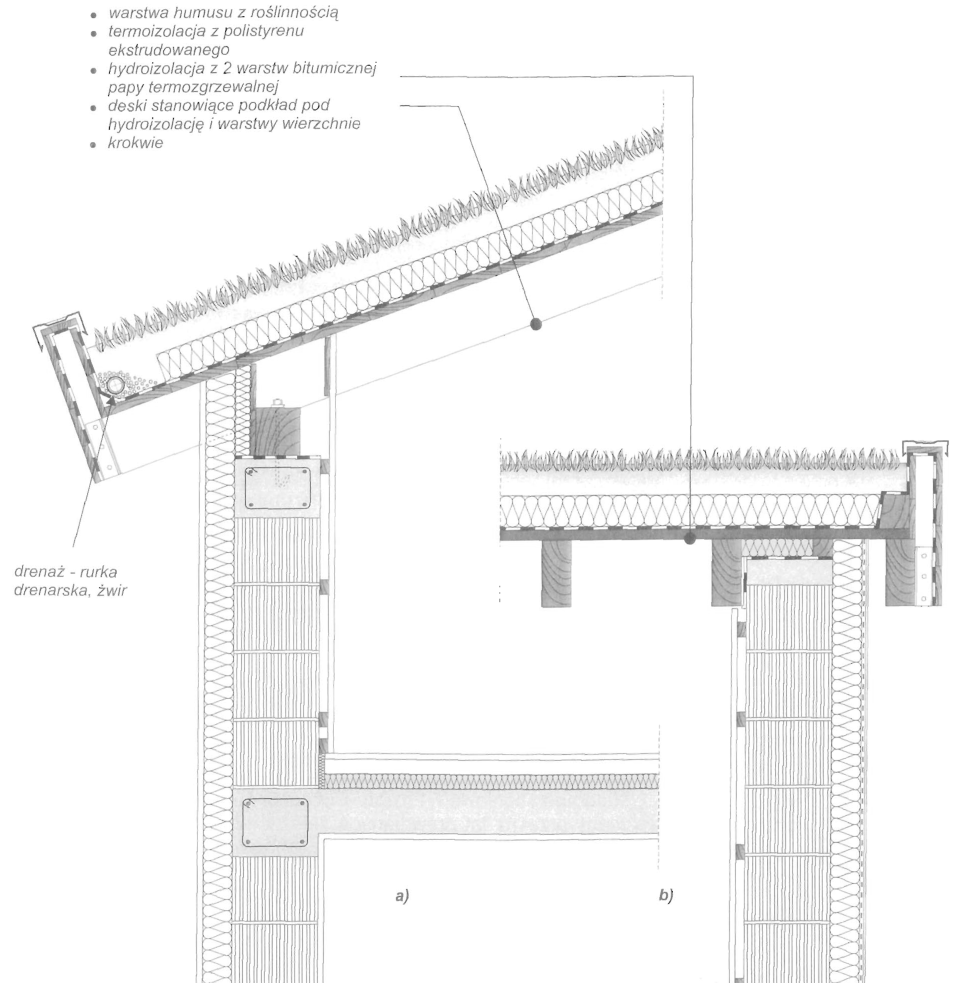 Znajomość sieci wodociągowej jest czymś, z czym powinien być za pan brat każdy deweloper.
Znajomość sieci wodociągowej jest czymś, z czym powinien być za pan brat każdy deweloper.
Sieć wodociągowa jest układem przewodów wodociągowych. Znajdują się one poza budynkami odbiorców. Zaopatrują w wodę ludność lub zakłady produkcyjne. Wyróżniamy: 1. Sieć wodociągową rozgałęzieniową (otwartą), w której, jak powiada źródło ” jest znany kierunki przepływów wody, które odbywają się poprzez przewody tranzytowe, poniżej główna ilość wody płynie przez tak zwane przewody magistralne, następnie występują w sieci przewody rozdzielcze, położone na przykład na każdej ulicy, a do nich przyłączone domy. Istnieją tu wady, mianowicie największe średnice są na początku, w razie awarii na którymś z przewodów magistralnych odłączona jest zasuwa, wówczas nie ma wody za nią. Zalety to stosunkowo niewielka łączna długość przewodów”; 2. Sieć wodociągowa pierścieniowa (obiegowa zamknięta) oraz jej zalety, takie jak ciągły obieg wody w sieci. Podczas awarii zamykana jest woda tylko na pewnym odcinku a w pozostałych miejscach płynie nieprzerwanie. Wady natomiast, to łączna długość przewodów wodociągowych w sieci stosunkowo większa niż w rozgałęzieniowym, ponadto nieznany jest kierunek przepływu wody; 3. Mieszane.









